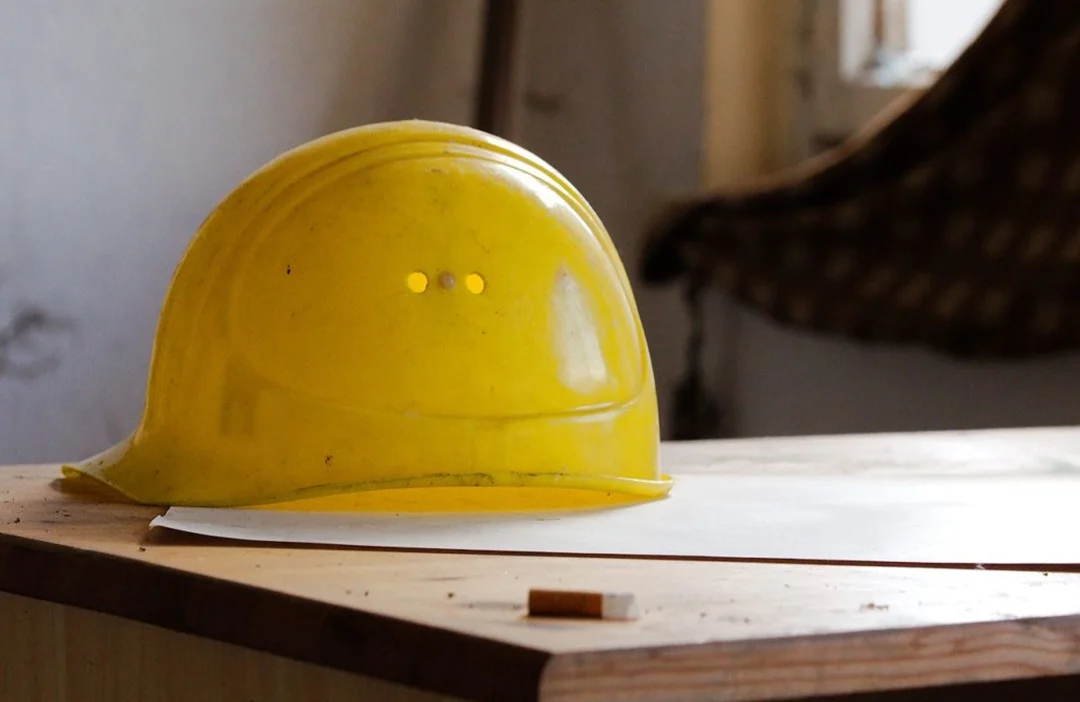The Furniture Business is a dynamic industry with vast potential for creativity, innovation, and profitability. From timeless wooden pieces to sleek modern designs, furniture is an integral part of both homes and businesses. This article dives deep into the nuances of the Furniture Business providing insights into its scope, materials, manufacturing trends, and how entrepreneurs can tap into its lucrative opportunities.
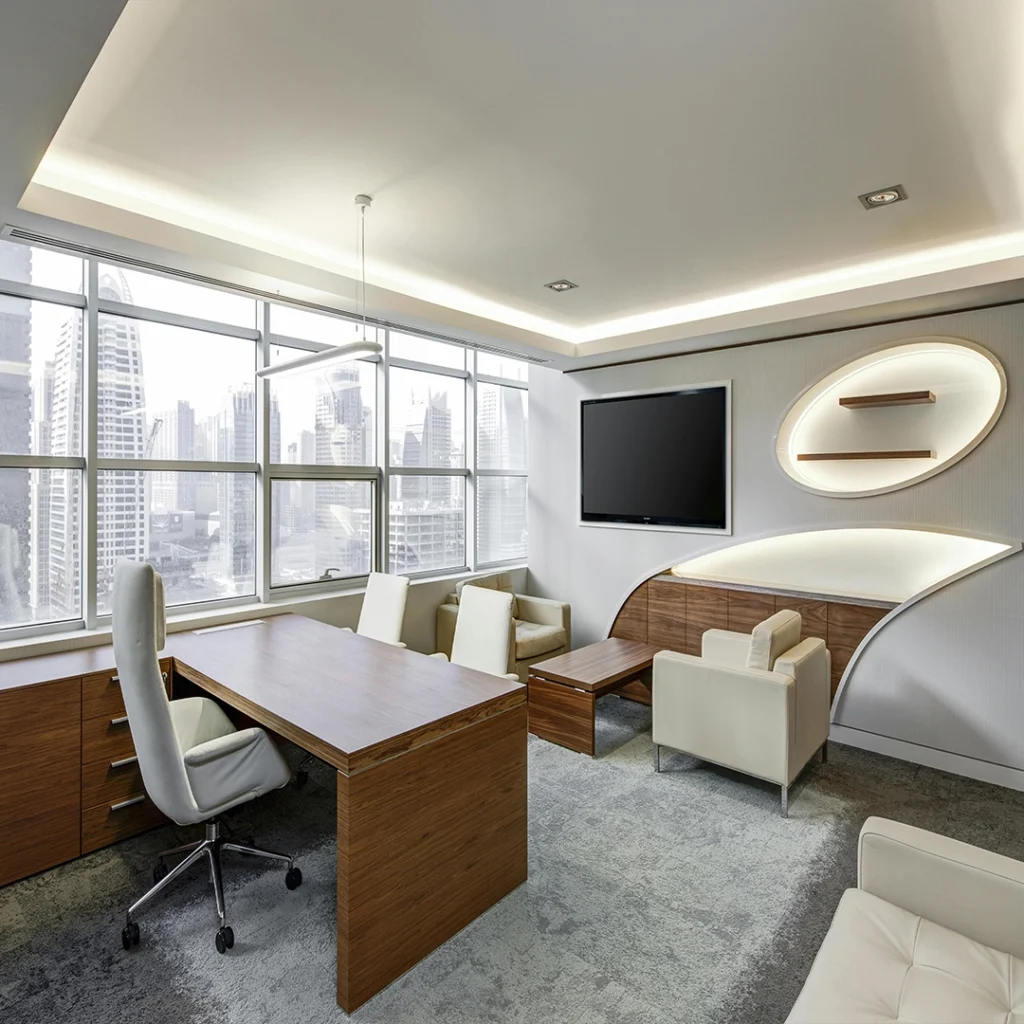
Introduction to the Furniture Business
The Furniture Business is one of the oldest and most diverse industries, offering a blend of tradition, artistry, and modern innovation. Furniture plays a crucial role in interior design and functionality, ranging from basic necessities like chairs and tables to luxury items like ornate cabinets and designer sofas. Entrepreneurs in this sector can cater to a broad audience, from budget-conscious families to high-end clientele seeking bespoke pieces.
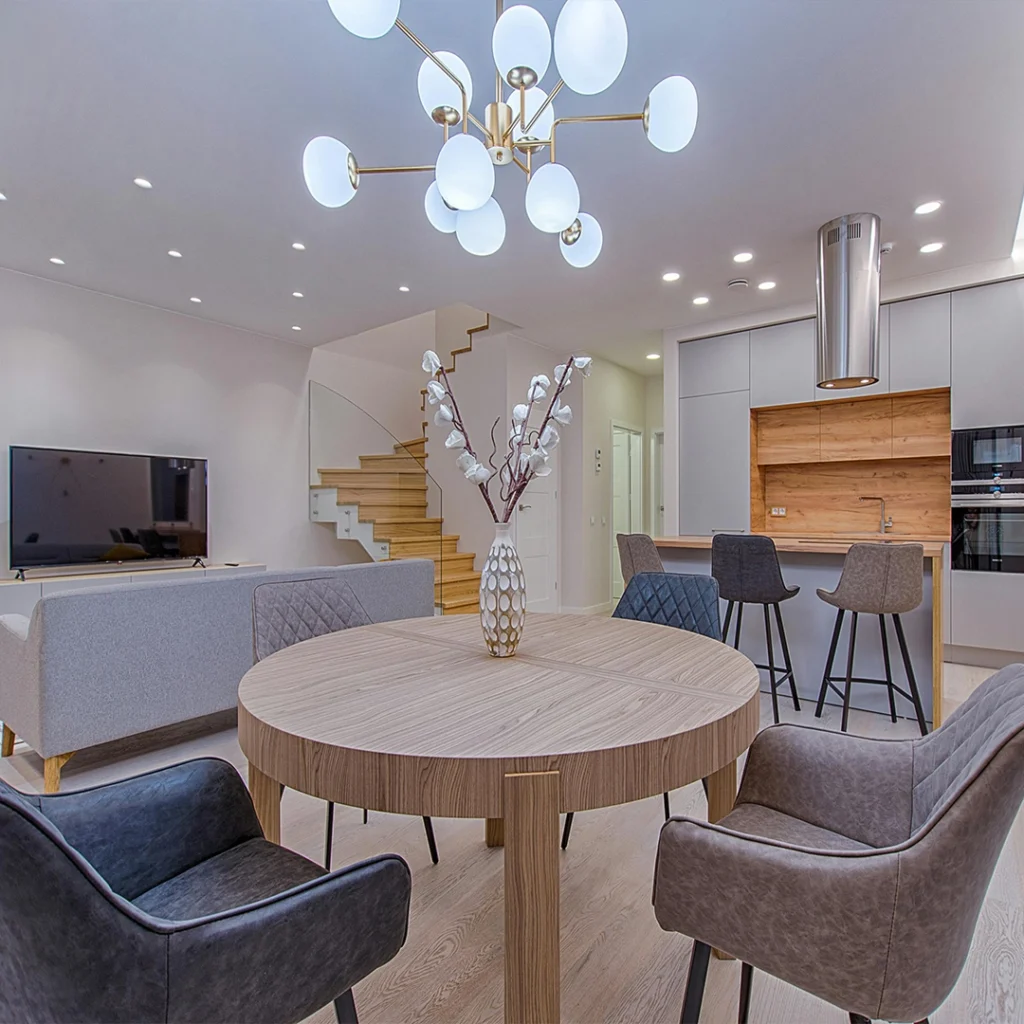
Diverse Materials in Furniture Manufacturing
1. Timeless Wood
Wood remains a cornerstone of furniture making. Popular choices include pine, oak, mahogany, and teak, each offering distinct qualities in terms of durability, texture, and aesthetic appeal. Wooden furniture is cherished for its natural warmth and ability to age gracefully.
2. Modern Metal
Metal furniture, such as steel and aluminum, is prized for its sleek appearance and sturdiness. Often used in contemporary and industrial designs, metal adds a modern edge to any setting.
3. Versatile Plastics
Plastic furniture offers affordability and versatility. Its lightweight nature and variety of colors make it ideal for both indoor and outdoor settings.
4. Luxurious Marble and Glass
Marble and glass pieces are synonymous with elegance. They are widely used in high-end dining tables, coffee tables, and decorative items, providing a sophisticated touch.
5. Comfortable Fabrics
Upholstered furniture combines fabrics like cotton, linen, or leather with frames to create cozy and stylish seating options. These are ideal for living rooms and offices.
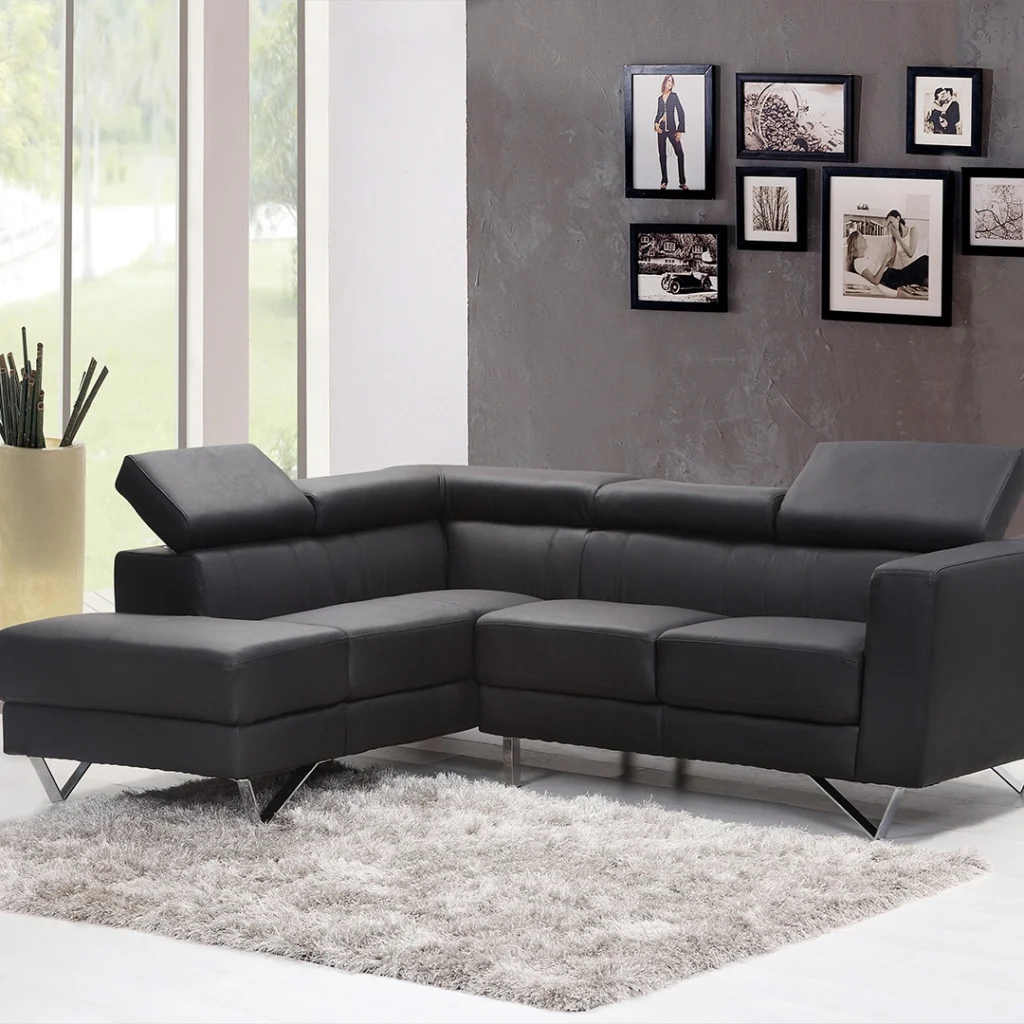
Types of Furniture: Meeting Every Need
Furniture is designed to cater to a myriad of purposes, ranging from residential to commercial applications. Here’s a breakdown of some common categories:
1. Home Furniture
- Living Room: Sofas, recliners, coffee tables, and TV stands.
- Bedroom: Beds, wardrobes, dressers, and nightstands.
- Dining Room: Dining tables, chairs, and bar stools.
2. Office Furniture
Office spaces require ergonomic and functional furniture, including desks, chairs, and storage solutions. Modern designs prioritize employee comfort and productivity.
3. Outdoor Furniture
Patios and gardens come alive with durable outdoor furniture made from weather-resistant materials like rattan and metal.
4. Custom Furniture
With an emphasis on personalization, custom furniture caters to specific preferences, whether it’s tailored to fit a unique space or match a distinct design style.

Trends Shaping the Furniture Business
1. Sustainability
The modern consumer values eco-friendly products. Furniture made from reclaimed wood, bamboo, or recycled materials is increasingly popular.
2. Modular Designs
Modular furniture offers flexibility and convenience. It is especially appealing for urban dwellers looking to maximize small spaces.
3. Smart Furniture
Integrating technology into furniture, such as beds with built-in chargers or smart desks, is a growing trend that merges functionality with innovation.
4. Minimalism
Sleek and simple designs reflect the contemporary preference for minimalism, focusing on clean lines and clutter-free aesthetics.
5. Vintage Revival
Retro and vintage designs are making a comeback, blending nostalgic elements with modern functionality.
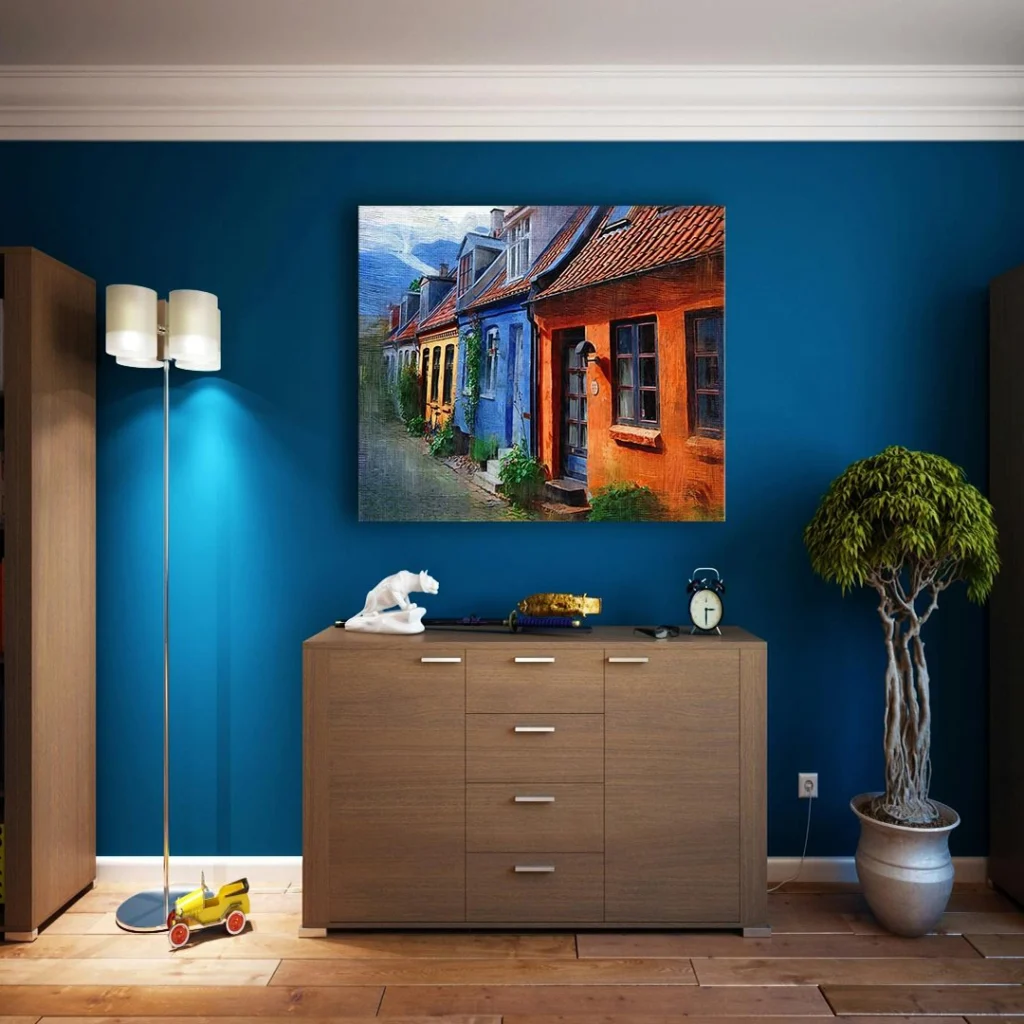
Challenges and Solutions in the Furniture Business
1. High Competition
With numerous players in the market, standing out can be challenging. A strong brand identity and unique product offerings are key.
2. Supply Chain Management
Ensuring timely delivery of raw materials and finished products requires efficient logistics. Partnering with reliable suppliers is crucial.
3. Balancing Cost and Quality
Striking the right balance between affordability and premium quality can be tricky but essential for customer satisfaction.
4. E-Commerce Integration
With online shopping gaining traction, furniture businesses must establish a strong online presence and offer seamless purchasing experiences.

Steps to Start a Successful Furniture Business
1. Conduct Market Research
Understand your target audience, competitors, and emerging trends to identify your niche.
2. Develop a Business Plan
Outline your goals, budget, and marketing strategies. Decide whether to focus on mass production or bespoke creations.
3. Choose Your Materials
Select materials based on your target market. Sustainable and versatile options are often preferred.
4. Establish a Workshop
Set up a workshop with essential equipment like saws, drills, and upholstery tools.
5. Build a Brand
A compelling brand story and consistent branding help attract loyal customers.
6. Embrace Digital Marketing
Leverage SEO, social media, and e-commerce platforms to reach a wider audience.

The Future of the Furniture Business
The Furniture Business continues to evolve, influenced by advancements in technology and shifting consumer preferences. As urbanization increases, compact and multifunctional furniture will see a surge in demand. Additionally, sustainable practices and smart designs are set to redefine the industry landscape.


